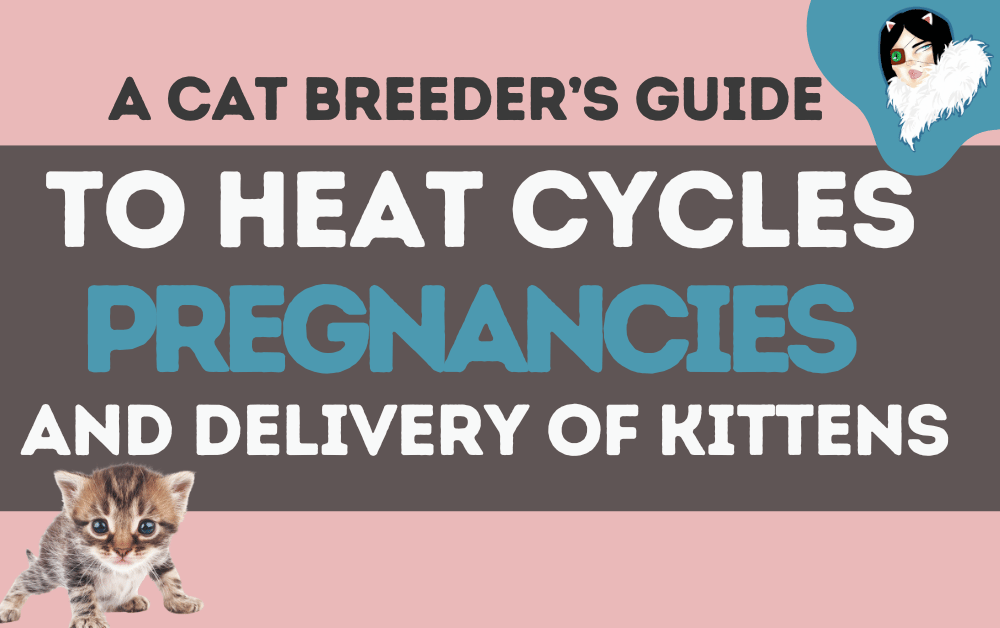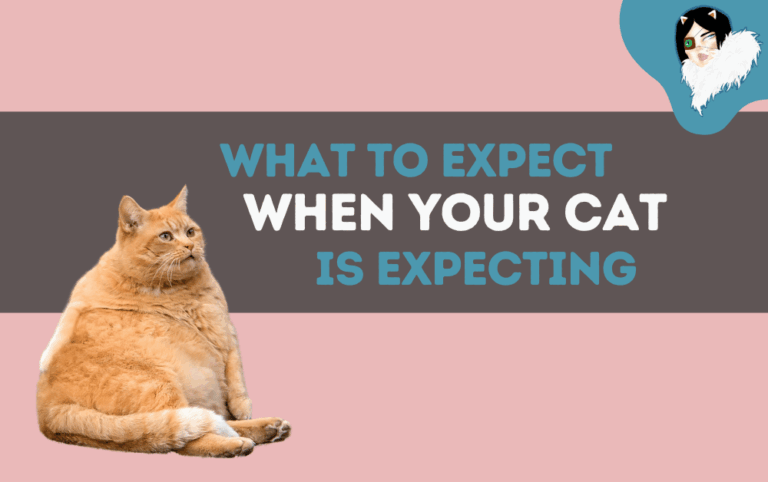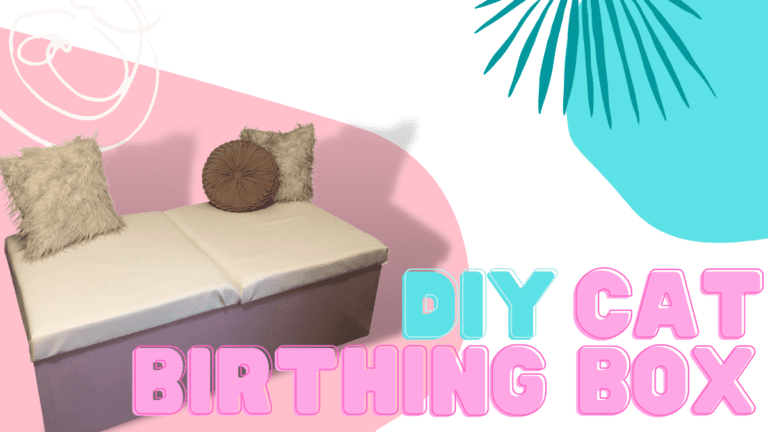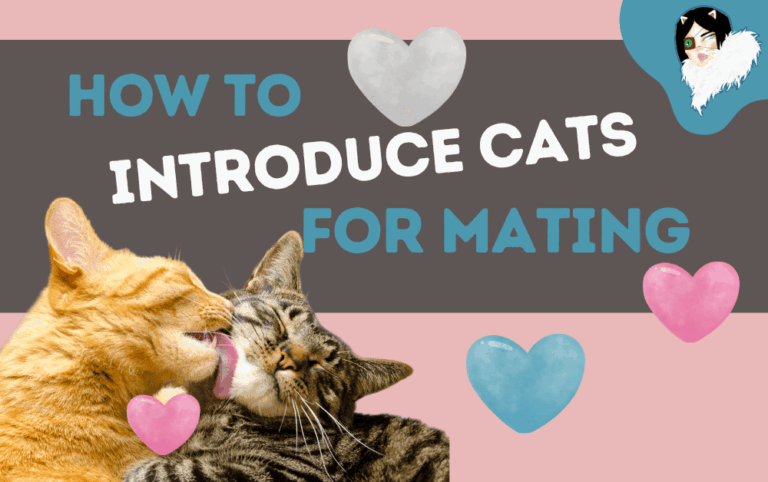A Cat Breeder’s Guide to Heat Cycles, Pregnancies and Deliveries of Kittens
Welcome to the rewarding world of breeding pedigree cats! If you’re new to this journey, it can feel overwhelming, but you’re not alone. This guide is here to walk you through the essentials of your cat’s heat cycles, pregnancy, and delivery, offering supportive tips and linking to detailed resources to help you every step of the way. Let’s dive into the basics to set you and your beautiful Queens up for success!
Understanding Your Cat’s Heat Cycle
Having your queen go into heat can be a very exciting time! This means that there are babies on the horizons! This heat cycle, also known as an “estrus cycle”, is the only time that your queen will be able to become pregnant. That’s why it’s important for you to know what to look for and what to expect from your intact Queen, in order to plan a successful pregnancy.
When can your Queen get her first heat cycle?
The answer is this can vary heavily based on your cat. Some queens go into heat as young as 5 months, while others don’t go into heat for as long as 18 months. The average age you can expect your queen to have her first estrous cycle is around 9 to 10 months old.
How long does a Queen stay in heat?
In order to better understand your queen, and when would be a good time to place her with your stud, you need to know how long she will stay in heat. The first thing to note is the several stages of the heat cycle.
Phases of Heat Cycles in Cats
A cat goes through five phases during a heat cycle:
- Proestrus: Lasts a day or two, you will not notice any change in behavior during this phase.
- Estrus or “heat”: This phase lasts an average of seven days, but can range anywhere from 2-19 days. This is when you will see behavioral changes in your cat. This is the only stage where your cat will be receptive to male cats and can become pregnant.
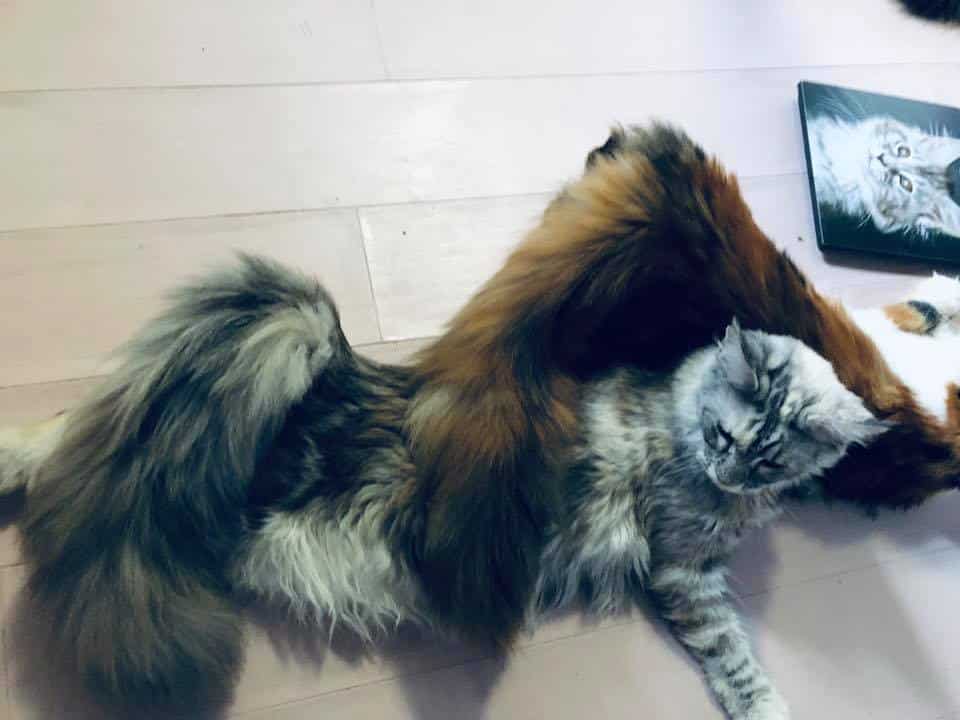
- Interestrus: This phase occurs if a cat has not ovulated. Ovulation only occurs if the queen is mated with a stud. It can last between 13 and 18 days, then proestrus will start again.
- Diestrus: This phase occurs when a cat has ovulated (when she has been mated)
- Anestrus: This is when your queen does not have any heat cycle. It can happen as a result of fewer daylight hours, typically during the winter.
You can expect your queen to visibly show you signs of being in heat for an average of six days.
How long does a cat stay in heat after mating?
If your queen is mated during her estrus cycle, the signs of heat will usually subside within 24-48 hours.
What are the signs of a queen being in heat?
This is obviously different for every cat, as they all have their unique characteristics, this includes the way they show the boys they’re ready.
Some queens can have heat cycles that go completed unnoticed, these are known as “silent” heats. You may only notice one thing that might be a little off from her usual behavior. Knowing the personality of your queen may be able to help you pick up on her heats, should she be silent.
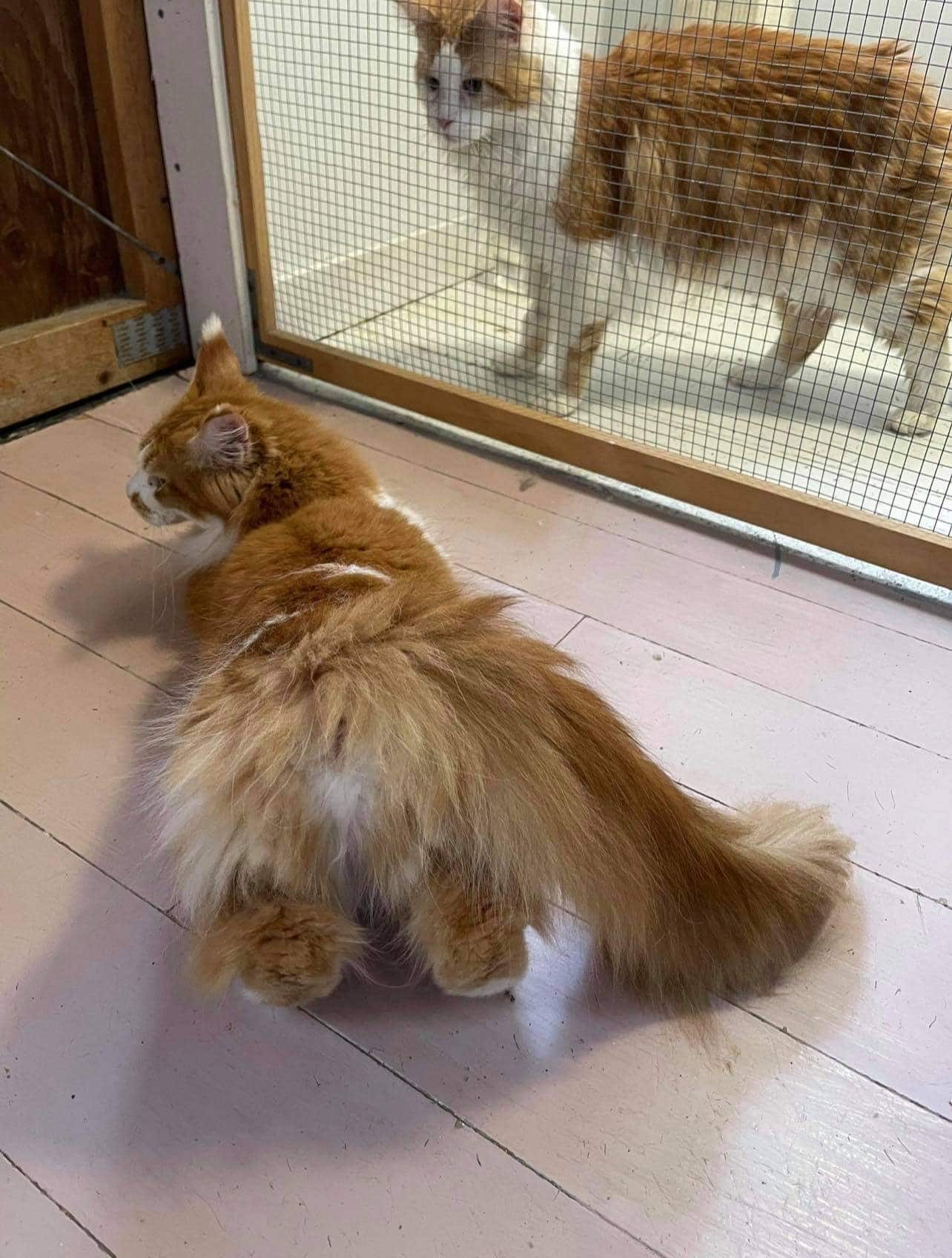
Look For These Heat Identifiers:
- Loud meowing, howling, or “yodeling”
- Increased affection, rolling around, rubbing against you or objects more than usual
- Peeing
- Trying to get outside
- Tip toeing, or wiggling her hips back and forth when you pat the base of her tail
- Laying her tail to the side
You’re now educated on the signs of heat, what to expect, and the cycle of your queen. Deciding exactly when to mate your queen will be a decision you’ll be faced with. Both for the first time, and after she’s had her first litter. It is a decision that requires many factors to be taken into account.
Putting the Queen and the Sire Together
Introducing your queen to a Sire (male cat) during her heat cycle is a delicate process that requires patience to ensure both cats are comfortable. Female cats can sometimes be aggressive or defensive, even hissing or swatting at the male. This behavior is normal and often stems from her instincts kicking in—she’s testing the tom’s suitability or reacting to unfamiliarity. It’s her way of asserting control in a vulnerable moment.
Typically, the resistance from the female lasts a day or two as she adjusts to the tom’s presence, especially if it’s their first meeting or she doesn’t know him on a regular basis. By day two or three of her heat cycle, when her hormones peak, she’s usually more receptive to mating, showing signs like raising her hindquarters or becoming more affectionate.
Always monitor their behavior, as some queens may need a bit more time to warm up. You can clip her claws before putting her with the male so she doesn’t scratch his face up. Check out our guide on mating cats for practical tips to make this step smooth and safe.
How To Tell if Your Queen is Pregnant
After a successful mating, you’ll be eager to know if your queen is pregnant. Early signs include weight gain, increased appetite, or a more affectionate demeanor, but it can be tricky to tell at first.
The first signs of pregnancy will begin to emerge 18 to 21 days after the cat was mated. One of the first signs you can look for are hot pink nipples and/or swollen (just enough to feel with your fingertips) veins to her mammary glands.
Educate yourself on feline pregnancies and deliveries and you’ll be an expert in no time!
Caring for Your Pregnant Cat
A pregnant cat needs extra love, nutrition, and attention. From adjusting her diet to creating a cozy space for her to rest, your care makes all the difference.
Labor and Delivery
When the big day arrives, you’ll want to know if your cat is in labor. Signs like nesting, restlessness, or contractions can clue you in, but every cat is different. Cats are very good at handling labor and deliveries on their own, but be prepared to support her just in case.
As your queen’s due date approaches, setting up a safe, quiet space for delivery is crucial. A birthing box is a perfect spot for her to give birth and care for her kittens. Queens prefer a quiet, private space to deliver her kittens. If you let her choose on her own, she’ll probably go into the corner of a closet or under the bed.
Most Pedigree cat breeders prepare a birthing area for their Queens and create the most ideal space for them. If you do this, you’ll discover that she will naturally choose this area on her own. you can even make one yourself! Follow our cat birthing box DIY guide to create a cozy, affordable setup for your queen.
As the delivery date approaches, it’s good to know what to expect so that you can be prepared for the arrival of the kittens. Pre-Labor, Active Labor and Post-Labor care are all part of your role as the breeder.

Get the Training and Support That You Need
When you become a member today, you’ll have instant access to a personal mentor who will be there for you and give you the answers you need.
Not only this, you’ll also get access to:
- Step-by-Step Training Courses about Breeding Cats
- Full Blueprints for Marketing Your Cattery and running your business professionally
- Unlock TikTok For Your Cattery with the course on Viral Video Creation
- Digital Resources and Tools
- Invite Only to our Discord
- Exclusive Deals on SpaySecure and Sensei Store
- Monthly “Members Only” Training Calls

